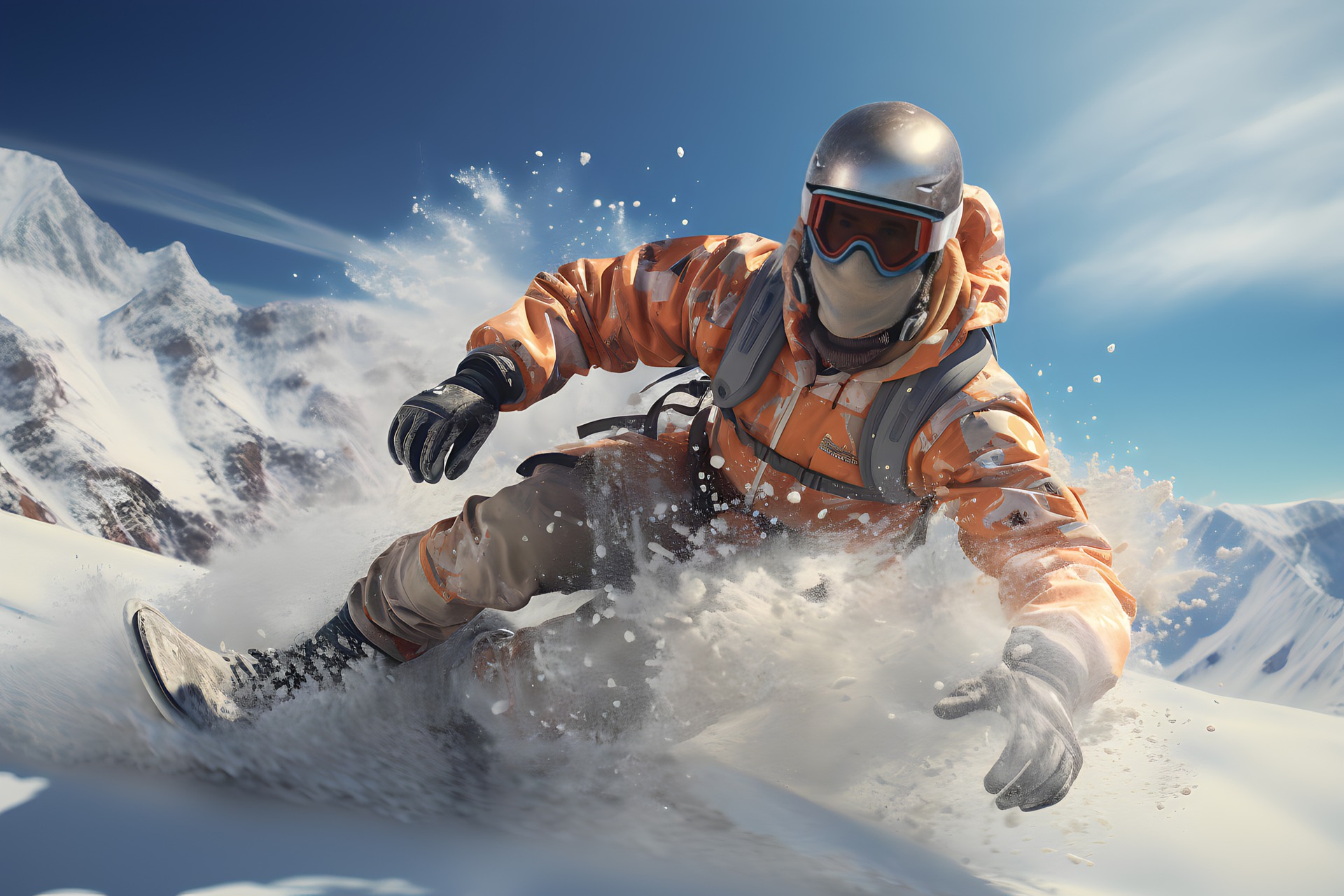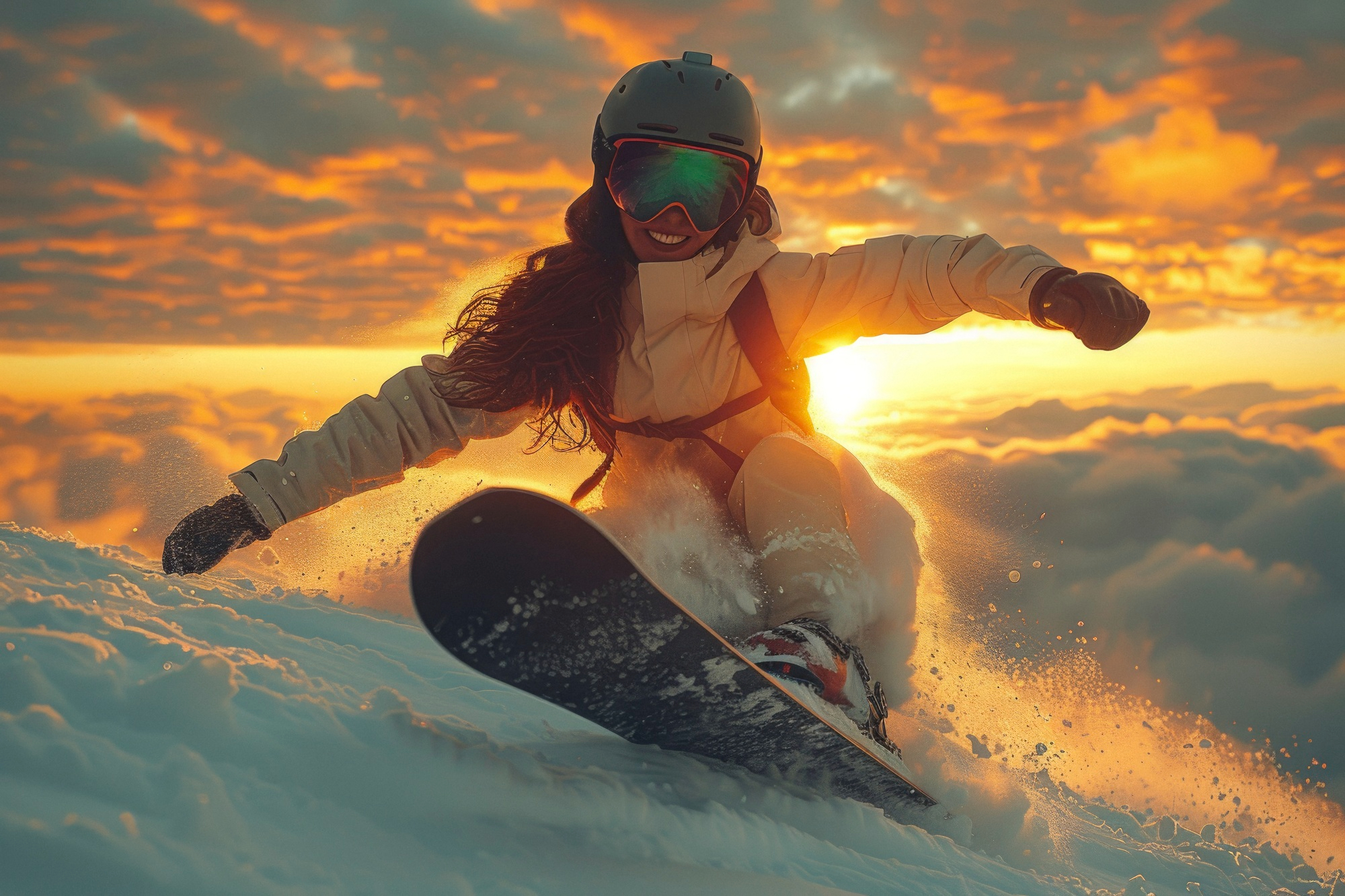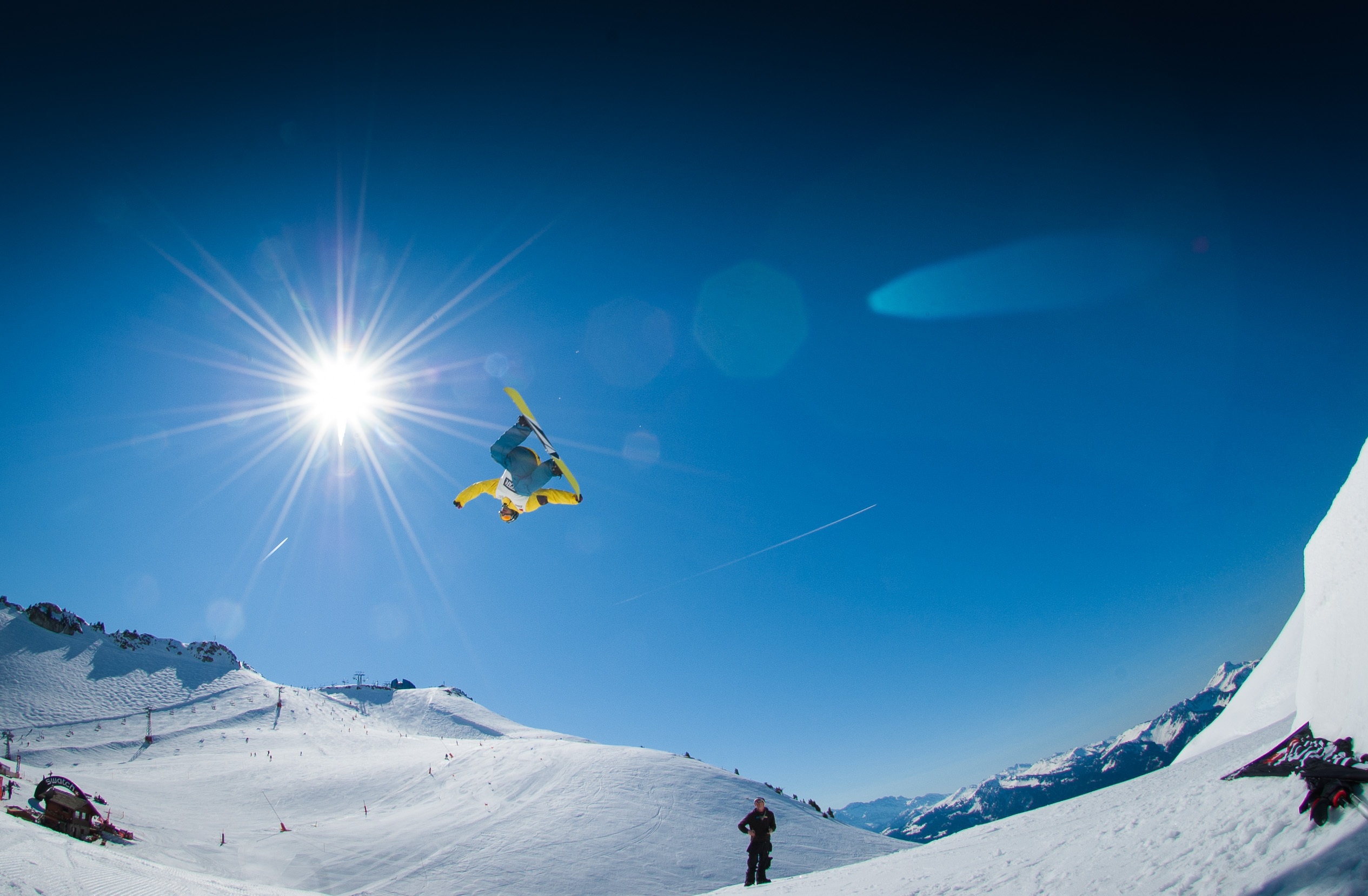Snowboarding is a winter sport wherein the participant descends a slope covered with snow while standing on a snowboard attached to a rider’s feet using a special boot set onto a mounted binding. The creation of snowboarding was influenced by skateboarding, sledding, surfing & skiing. It began in the 1960s and 1970s in the United States and was designated as an Olympic Winter Sport in 1998.
For the past eighty years, boys and men have tied wooden boards to their feet using clotheslines and horse reins to slide down hills. However, 1965 introduced the first modern snowboard when Sherman Poppin, an engineer from Michigan in Muskegon, bound two skis together and then attached a rope to one end, Letting his daughter control the board as she stood and rode downhill. To understand it better, we should know about its main disciplines, important terms and scoring system.
Disciplines
There are several different disciplines in Olympic snowboarding, each with its own challenges and excitement:
Slopestyle: In this competition, riders face a challenging course that includes various obstacles like jumps, rails, and boxes. Each of these factors aims to put the riders’ talents and abilities to the test. As they maneuver(a movement or series of moves requiring skill and care) through the course, they must showcase their creativity by coming up with unique tricks and combinations that stand out. Style is another important aspect, as riders are expected to perform their tricks in a way that looks smooth and impressive. Furthermore, execution plays a critical role in how they are judged; this means that the precision and control with which they carry out their tricks can significantly impact their scores. Overall, the assessment of riders combines these elements to determine who has the best overall performance on the course.
Halfpipe: The structure in question is a U-shaped snow formation commonly used in snowboarding and skiing competitions. In this design, riders can gain height and perform impressive tricks that seem to defy gravity. As they soar through the air, they execute a variety of stunts showcasing their skills and creativity. Judges closely observe each performance, paying particular attention to how high the riders go, known as amplitude. They also assess the range of different tricks performed and how well the riders execute their overall routines. The combination of these elements plays a crucial role in determining their scores and rankings in the competition.
Big Air: The riders perform highly impressive jumps that showcase their skills and daring. During these jumps, they attempt some of their most challenging and risky tricks, which require a lot of practice and precision. As they soar through the air, they aim to execute their maneuvers perfectly to wow both the spectators and the judges. The judges pay close attention to several important aspects of each jump. They evaluate how high the rider goes off the ramp, the degree of rotation the rider achieves while in the air, and how smoothly the rider lands back on the ground. Each of these elements is crucial for scoring, as they reflect the rider’s ability and confidence in performing under pressure. The overall performance, including the complexity of the tricks and the execution of each jump, plays a significant role in determining the riders’ rankings in competitions.
Parallel Giant Slalom (PGS): This competition features a direct race where participants, known as riders, navigate through a carefully designed slalom course. The course consists of a series of alternating gates or obstacles that the riders must skillfully maneuver around. Throughout this challenging race, two main aspects are put to the test: speed and technical skills. Riders must not only strive to achieve the fastest time possible but also demonstrate their ability to handle the twists and turns of the course with precision. The combination of these elements makes the event an exciting display of both athleticism and strategy, as each rider works to outpace their opponent while maintaining control and finesse as they navigate the slalom obstacles.
Snowboard Cross: In this exciting event, riders compete against one another on a challenging track that is designed to test their skills and abilities. The course features a variety of obstacles, including jumps that require riders to launch into the air, and berms that are banked turns allowing them to maintain speed while navigating curves. Additionally, there are narrow sections of the track that demand precision and careful maneuvering as the riders move quickly past one another. The main goal of each participant is to be the first one to cross the finish line, which requires a combination of speed, strategy, and determination. The rider who successfully completes the course and reaches the end before anyone else is declared the winner of the race.
Research Olympic Snowboarding Rules
To figure out the variation of Olympic Snowboarding, you again have to go back to basics and look at the rules set forth by those in charge: the International Olympic Committee (IOC), along with their partner for Snowboard events, the International Ski Federation (FIS). These regulations are drawn up in detail by these governing bodies, so that fair competition and athlete safety can be assured.
Much more is covered in the rulebooks published by these organization’s, which collectively form a detailed picture of the Olympic snowboarding landscape. Everything from course plot, judging standards or safety methods and equipment requirements for slopestyle, halfpipe, big air, parallel giant slalom and snowboard cross.
Rule changes can have a dramatic impact on the competitive environment, so stay tuned for updates. Those recent changes could include changes to course sets, judging criteria or even safety regulations. Staying informed on these developments will help you understand how the sport is evolving.
Olympic snowboarding, of course, is all about safety first. To prevent injuries, the FIS has had a strict set of safety protocols and gear preparations. They include strict regulations around things like wearing a helmet, protective gear and how the course gets set up. Following these safety protocols will allow athletes to compete with confidence knowing that they have prioritized their well-being.
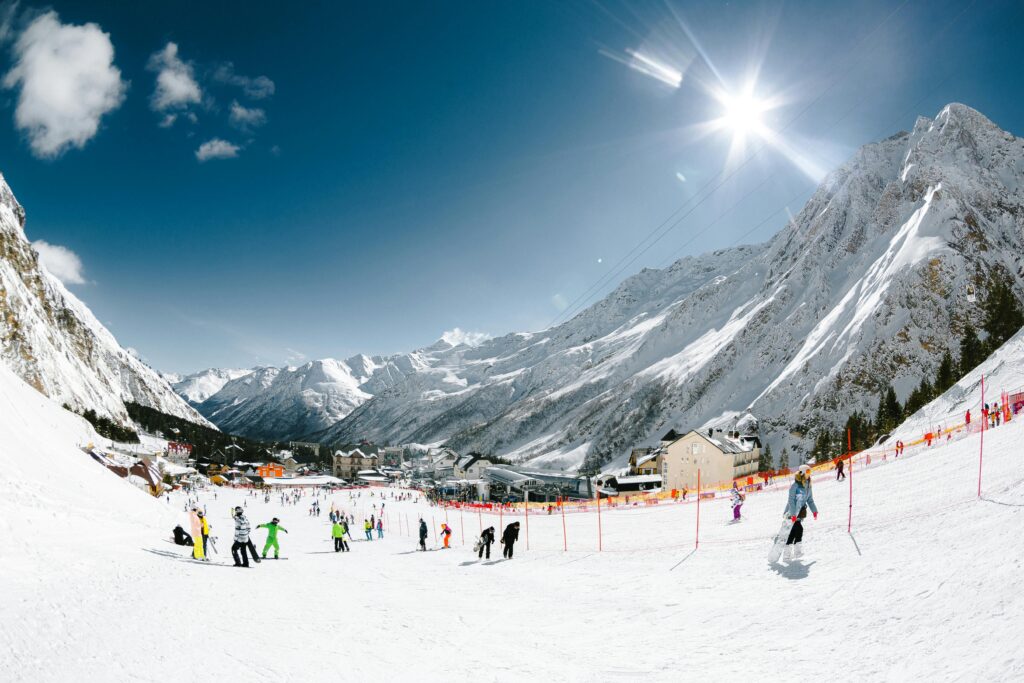
Equipment Regulations
Boards Dimension and Shape: The dimensions and shape of snowboards, including their size and flexibility, are closely controlled by governing bodies in the sport. These regulations exist to ensure that all athletes compete on equal terms, which is essential for fair competition. By standardizing the characteristics of the boards, it helps to eliminate any unfair advantages that could arise from using a board that is either significantly larger, smaller, or has different flex properties than others. This careful regulation creates an environment where skill, technique, and strategy are the primary factors that determine success in the sport. As a result, snowboarders can focus on enhancing their abilities and competing against each other without concerns over the equipment giving any one competitor an edge. This commitment to fairness is crucial for the integrity of the sport and helps maintain a high level of excitement for both competitors and fans alike.
Binding Systems: Binding systems are critical components in various sports, particularly in skiing and snowboarding. The specific type of bindings used, their configurations, and the way they are mounted on the equipment must all meet the standards set by the International Ski Federation (FIS). Following these regulations is essential for several reasons. First, adhering to FIS standards helps ensure that the bindings function correctly, providing the optimal performance required for athletes to compete effectively. When bindings are properly configured, they allow for better control and responsiveness during maneuvers on the snow.
Additionally, the positioning of the bindings is equally important. The way they are mounted can greatly influence how an athlete balances and moves on their skis or snowboard. This proper alignment not only enhances performance but also plays a significant role in the safety of the athlete. Incorrectly installed or configured bindings can lead to accidents or injuries, making compliance with FIS standards a matter of personal safety for competitors.
In summary, choosing the right type of bindings, ensuring they are appropriately configured, and mounting them in the correct position are all crucial steps that must comply with FIS standards. This careful attention to detail helps athletes achieve their best performance while minimizing risks during competition.
Boot Specifications: When selecting snowboard boots, it is crucial that they follow to certain important criteria. These criteria include aspects such as stiffness, flex, and how well the boots connect with the bindings on the snowboard. Stiffness refers to how firm the boots are, which affects how much support they provide to the rider’s ankles and feet. Flex indicates how easily the boot can bend, which influences the overall comfort and control the rider can achieve while navigating different lands. Furthermore, the way the boots interface with the bindings is essential because this connection impacts how well the rider can transfer their movements to the board, ultimately affecting performance. Ensuring that all these elements are balanced is vital for both comfort during long days on the slopes and performance in various riding conditions.
Course Design and Safety
To ensure that competitions in Olympic snowboarding are both exciting and safe, the courses are designed and maintained with great care and attention to detail.
Course Layout: Each course is thoughtfully planned to provide athletes with a variety of challenges. This includes different features such as jumps that allow snowboarders to perform aerial tricks, rails for sliding and grinding, and halfpipes for showcasing their skills and creativity. These elements are built according to strict guidelines, which helps maintain uniformity and safety across various events. The careful construction of these features not only tests the abilities of the snowboarders but also minimizes the risk of accidents, ensuring that athletes can perform at their best while feeling secure on the course. The overall design bring the thrill of competition with vital safety measures, creating an ideal environment for both participants and spectators.
Safety Measures: Safety is a top priority for organizers, who take this responsibility seriously by enforcing strict and thorough measures to protect everyone involved. One of the key components of their safety plan is the presence of medical teams. These teams consist of highly trained medical professionals who are always on standby. Their expertise ensures that they can quickly respond to any injuries that may occur during the event. This readiness helps to provide immediate assistance and ensures that anyone needing medical care receives it without delay.
In addition to having medical teams available, organizers also conduct regular course inspections. These inspections are essential for identifying and addressing any potential hazards that could pose a risk to participants. By thoroughly examining the event area, organizers can make necessary adjustments and repairs, ensuring that all safety standards are met. This proactive approach helps to minimize the chances of accidents and creates a safer environment for everyone.
Moreover, organizers have established clear emergency protocols. These protocols outline specific steps to take in the event of an accident or the need for an evacuation. Having these procedures in place allows for an organized and efficient response to emergencies. Participants and staff are informed about these protocols, which helps everyone know what to do if a situation arises. With these measures in place, safety remains a top priority, ensuring a secure and enjoyable experience for all involved.
Athlete Qualification and Selection
FIS Points are crucial for athletes aiming to qualify for the Olympics. To secure a spot on the Olympic team, athletes need to gather a specific amount of FIS points during the qualification period. These points can be earned by competing in various events that are recognized by the International Ski Federation (FIS). Key events where athletes can earn points include FIS World Cup competitions, the World Championships, and other approve skiing competitions that meet FIS standards.
Athletes must perform well in these events, as stronger finishes lead to more points. Consistent participation and good results help build their ranking and increase their chances of qualifying for the Olympic Games. Therefore, it is essential for athletes to not only compete regularly but also aim for top positions in order to accumulate the necessary FIS points, making this a vital aspect of their Olympic qualification journey.
National Olympic Committee (NOC) Selection: The selection process for athletes to compete in the Olympics is managed by the National Olympic Committee (NOC) of each country. These committees create specific guidelines that outline how athletes can qualify to represent their nation at the Olympic Games. The criteria set by each NOC can vary significantly from one country to another. Such selection standards usually account for different factors such as the numerical score calculated based on the athlete’s performance in international competitions referred to as FIS points and ranking positions in the World Cup circuit.
Additionally, each NOC looks closely at how athletes have performed in recent competitions. The athletes who consistently achieve strong finishes, maintain high rankings, and meet the FIS qualification standards are usually the ones chosen to compete for their country. This means that the most successful and skilled athletes, who have demonstrated their abilities in various events, will be given the opportunity to showcase their talents on the world stage during the Olympics. Ultimately, the selection process is crucial as it ensures that only the top-performing athletes are chosen to represent their nation, highlighting their hard work and dedication in their sport.
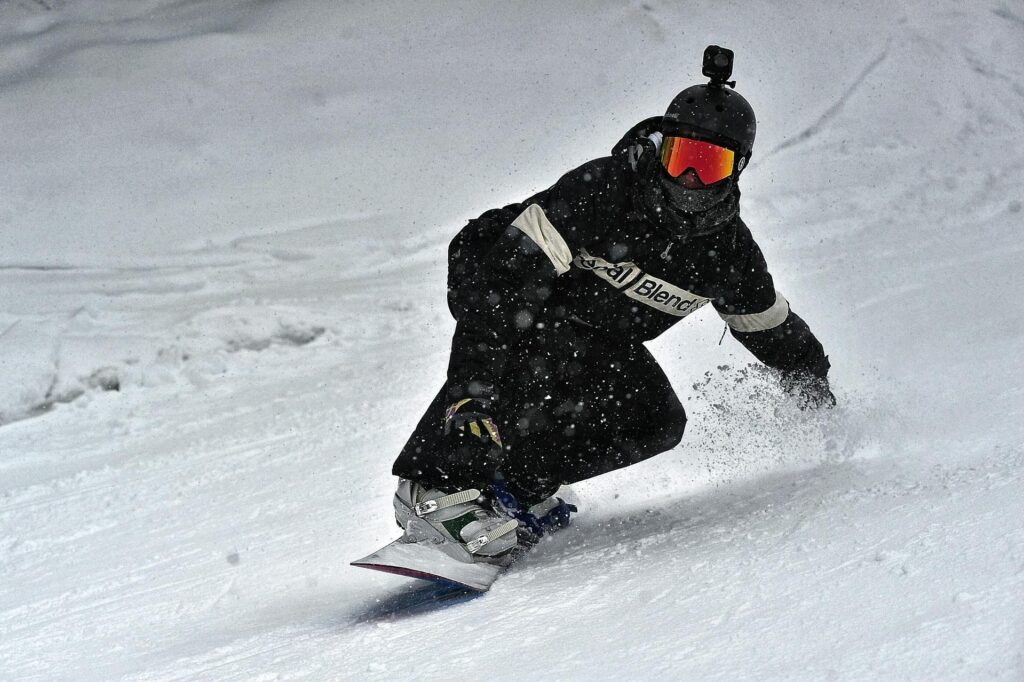
Conclusion
Knowing the rules and regulations of snowboarding is important to truly appreciate the amazing skills of athletes like Shaun White, Chloe Kim, and Jamie Anderson. These snowboarders not only display incredible talent but also add a special flair to their performances that draws in crowds. They have dedicated themselves to pushing the limits of the sport, reaching new milestones and inspiring many young snowboarders. As snowboarding evolves, these established guidelines will be crucial in shaping its future in the Olympics. The rules affect how athletes train, prepare for competitions, and how judges evaluate their performances. Understanding these regulations helps fans and participants recognize the hard work and creativity needed to succeed in this exciting sport.
